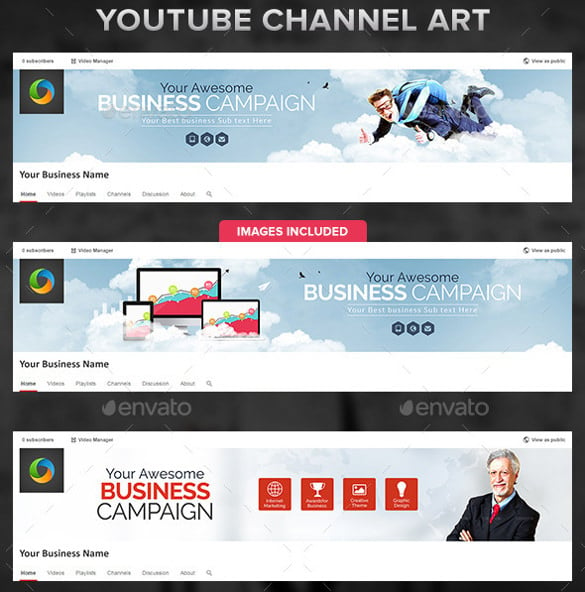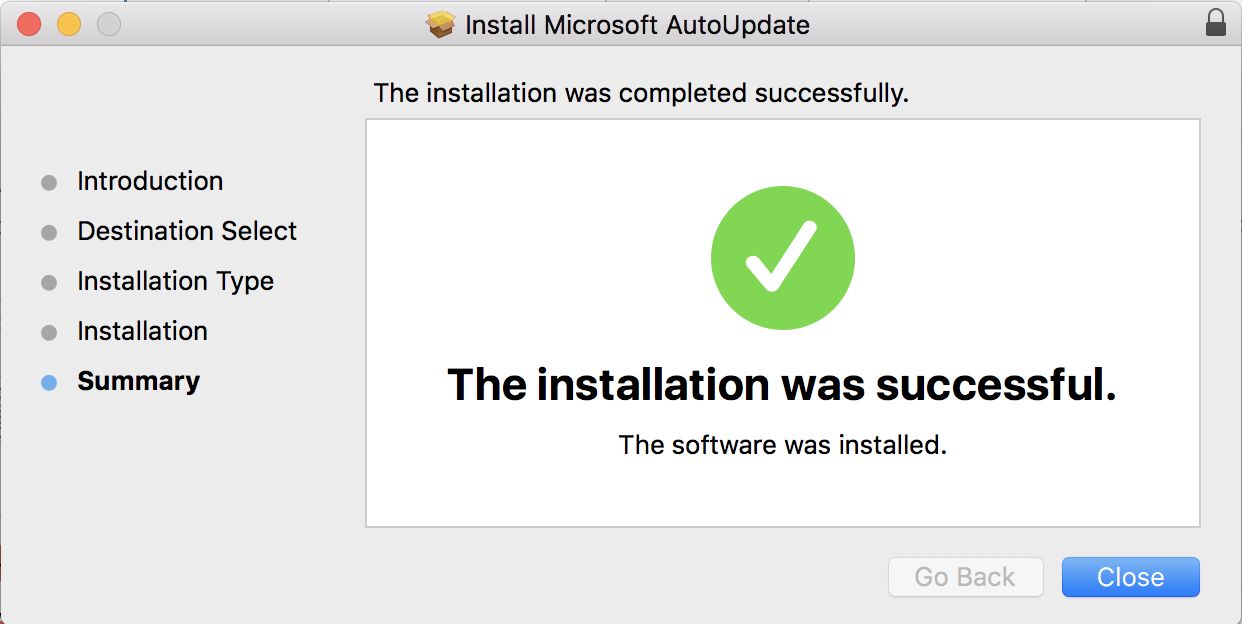

The font covers a lot of characters (1107 in version 1.050), and also offers a number of glyph options via OpenType features, e.g., style variants of the letters 'l' and 'g' (open or two-storeyed), old-style figures, small capitals, etc. How do I install fonts programatically on a Mac And what steps are necessary I want to create a program that takes a font file and installs it on the. Hunt, released as open-source ware by Adobe. Some fonts are being substituted with other fonts. Some fonts including Times New Roman are missing or unavailable in the font picker. Symptoms: Text appears garbled or in a different font. Some of the popular apps that users use this app with include Snapchat. Users may see issues with fonts when using version 16.9 of Microsoft Word, Excel, Outlook, OneNote and Microsoft PowerPoint on macOS. FontBase is also cross-platform for macOS, Windows and Linux machines. Perhaps the best font manager for Mac, for most people, is also a free font manager. FontBase (Mac/Windows/Linux) FontBase font application on macOS. The program is created with low-level programming languages, C++ and C. FREE Fonts To Download - Thousands of fonts to download free for windows and mac. As a FontCreator user for many fonts for many years, I can clearly say for sure, after looking at all the alternatives and software available on the market, for Windos and Mac, I can say for sure, FontCreator is the best software on the market in terms of reliability and simplicity, fast performance and zero Bugs, easy and convenient to use and. Here are nine of the best font organizer tools: Advertisement. In the case of Brackets, it's the Source Sans Pro family (and Source Code Pro) by Paul D. The tool is an incredibly well-built utility for anyone. Instead of rummaging each and every subfolder for the font files, use the search field of the window: type in ttf, ttc, or otf and choose to search within the current folder (e.g. A new Finder window containing subfolders will open.

When Mac applications come with their own fonts, you can often find these within the application package (which is technically just a folder): Right-click on the application icon within the Applications folder and choose Show Package Contents.


 0 kommentar(er)
0 kommentar(er)
